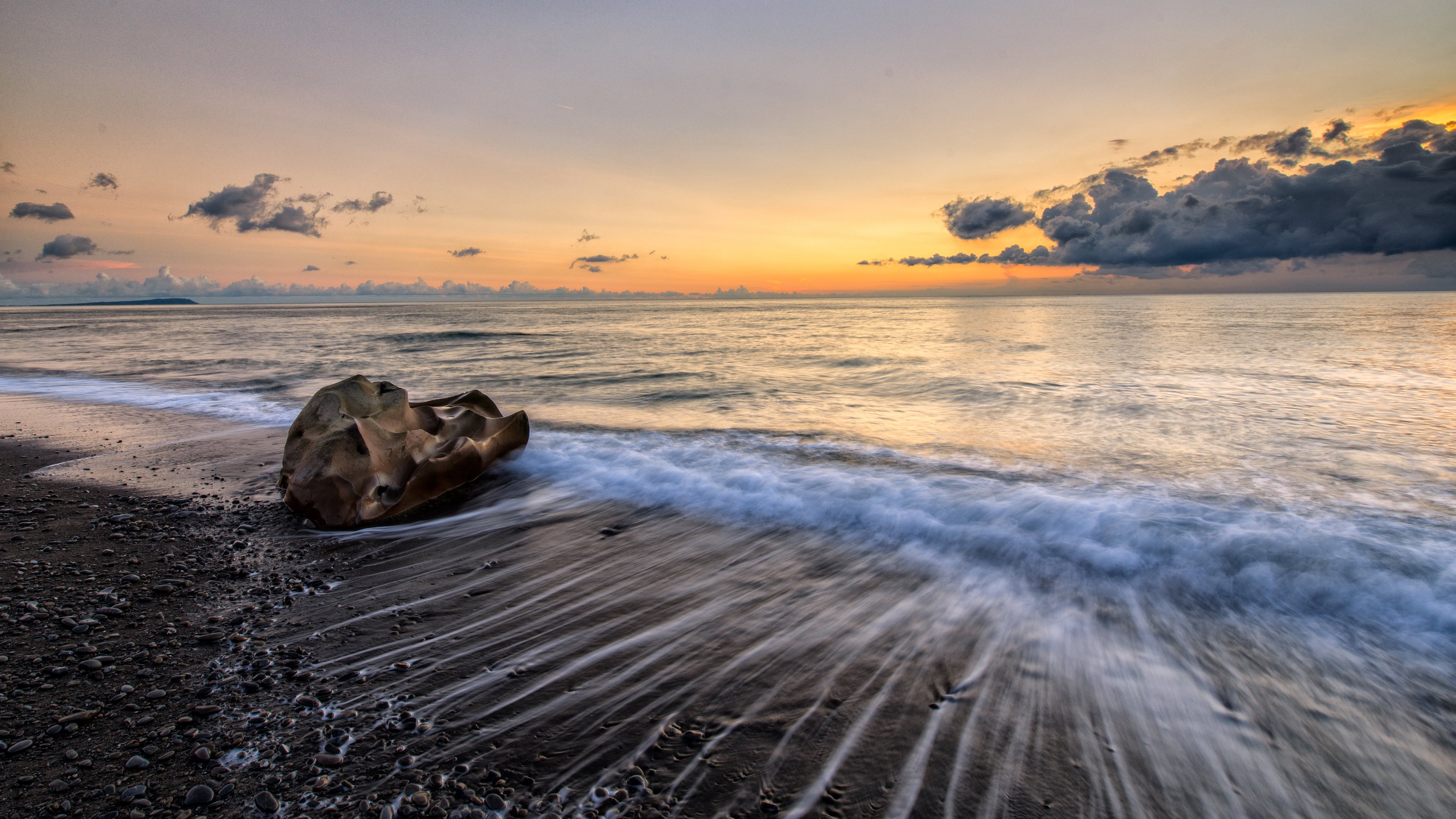

No matter which direction you are facing, there are good images to be had, as long as you know how to mange the light that is in front of your lens. And while most people think of ocean photography in terms of east and west, there are locations, most commonly found on islands, that give you a fantastic view of the water while facing to the north or south. There are exceptions to this, though: the Gulf coast of Florida, for example, as well as islands that allow you to photograph from different directions. Lighting Tips for Ocean Photographyįor most of the Americas, the sun rises over the Atlantic ocean and sets over the Pacific. Make sure there is no sand in your camera bag, and if your tripod has been sitting in the sand and salt water, you’ll want to take it apart, rinse it with fresh water, and let it dry. You can use a clean rag and a rocket blower to remove sand before taking the lens off a camera. Clean everything at the end of the dayĪfter a day of photographing at the beach, it is essential to remove all the sand from your gear. If you do need to change lenses, make sure to dust all the sand off of the outside of your gear before taking off the lens, and changes lenses only in a sheltered spot. Plan ahead and consider using a zoom lens (preferably internal zoom) to cover your desired focal lengths without changing lenses. Even just a grain or two of sand can damage your camera sensor or shutter mechanism.

Sand can easily do as much or more damage than water. If water isn’t enough of a danger, photographing near the ocean often introduces sand as well. I was photographing along the coast of Big Sur one morning, and after spending about 45 minutes in the same (dry!) spot photographing the sunrise, a random wave came out of nowhere and drenched both me and my camera from head to toe! Fortunately, everything was weather sealed, so the damage was limited to my having to wear wet clothes to breakfast that morning, but it could have easily been worse. Even when you think you are far enough away from the water to stay dry, a rogue wave can come along and drench you and your camera, so plan ahead. Make sure your camera bag is waterproof and keep it zipped when you aren’t actively retrieving things from it. Use weather sealed gear whenever you are able to, or use a rain cover to protect against mist and water. Planning ahead can go a long way towards protecting your camera. Sand, salt water, and wind are a brutal combination and can easily damage your valuable gear. Consider excluding the sun from your frameīefore you even get started taking seascape pictures, it’s essential to think about how you are going to protect your camera.


 0 kommentar(er)
0 kommentar(er)
